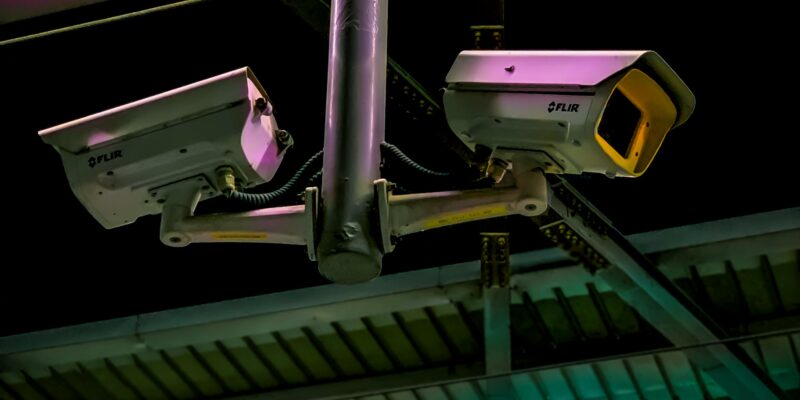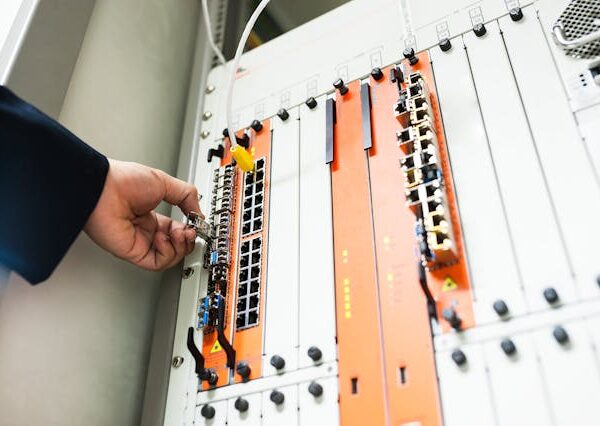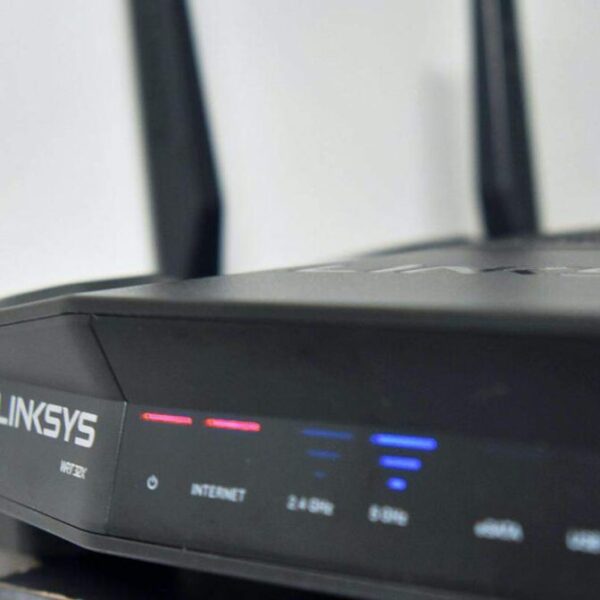
Securing your home, office, or business has become essential in today’s fast-paced world. One of the most reliable ways to enhance security is through CCTV camera installation. This guide will help you understand the process, from selecting the right equipment to ensuring proper setup, so you can maximize the effectiveness of your surveillance system.
Importance of CCTV Camera Installation
Installing CCTV camera systems offers several benefits. First, they act as a strong deterrent against crime, as the presence of cameras discourages potential wrongdoers. In the event of a security breach, the footage captured can serve as valuable evidence for law enforcement. Moreover, modern CCTV camera installation allows for remote monitoring, giving you the ability to keep an eye on your property from anywhere in the world. Above all, having a reliable surveillance system in place provides peace of mind, knowing that your assets are protected
Planning the Installation
Before diving into CCTV camera installation, it’s important to carefully plan your system. Identify key areas of your property that need surveillance, such as entry points, high-value locations, and commonly used spaces. Consider the type of cameras that will best suit your needs. Dome cameras are ideal for indoor spaces due to their discreet appearance, while bullet cameras are more suitable for outdoor monitoring. If you need flexible coverage, PTZ (Pan-Tilt-Zoom) cameras offer enhanced control. Assess lighting conditions in the areas to be monitored—if necessary, invest in cameras with night vision to ensure round-the-clock surveillance.
Budget is another key factor. Determine how many cameras are needed, and factor in the cost of accessories like DVRs or NVRs for storing footage. Cloud storage options are available, providing easy access to your recordings from anywhere.
Choosing the Right Equipment
Selecting the right CCTV equipment is crucial for effective surveillance. Camera resolution plays a significant role in image clarity. For most residential or small business setups, 1080p cameras offer sufficient detail, while larger areas might require higher resolutions, such as 4MP or 4K. The field of view is also important—a wider field means fewer cameras will be needed to cover larger areas. Additionally, consider whether you want a wired or wireless system. Wired systems tend to offer better reliability, but wireless cameras provide flexibility in terms of placement.
Another aspect to consider is storage. For a traditional CCTV camera installation, you’ll need a DVR or NVR to store the footage. NVR systems are more suitable for IP cameras, while DVRs work well with analog cameras. Cloud storage is another convenient option, particularly for users who require remote access.
Installing Your CCTV Cameras
Once the equipment is selected, it’s time to install your cameras. Start by positioning them in the pre-determined locations, making sure they are placed at appropriate heights for maximum coverage. Use a level to ensure the cameras are straight and adjust angles to capture the most important areas. For wired cameras, you’ll need to run cables to the DVR or NVR unit. Wireless systems, while easier to install, should be placed within range of your Wi-Fi signal to ensure stable connectivity.
After mounting the cameras, power them on and connect them to the recording device. Ensure all connections are secure and check that the cameras are recording properly. Configure the system settings, including motion detection zones, recording schedules, and remote access options if necessary. Testing your system thoroughly before finalizing the installation ensures that everything functions as expected.
Best Practices for Long-Term Efficiency
Maintaining your CCTV system is key to its long-term performance. Regularly inspect and clean the camera lenses to ensure clear image capture. Check that the DVR/NVR is functioning correctly and that storage is sufficient. Additionally, update any software or firmware associated with your system to protect against vulnerabilities.
If you’re installing cameras in a business environment, educate staff about the system and its purpose. Make sure they know how to report any issues or suspicious activity. Finally, be mindful of privacy laws when installing cameras, ensuring that surveillance does not infringe on the rights of others, such as neighbors or bystanders.
Conclusion
Proper CCTV camera installation is vital for effective security. With careful planning, the right equipment, and proper installation techniques, you can create a reliable surveillance system that meets your needs. Whether you choose to install the system yourself or hire professionals, understanding the essentials will help you maximize the protection your CCTV system provides, ensuring peace of mind for you and the safety of your property.











